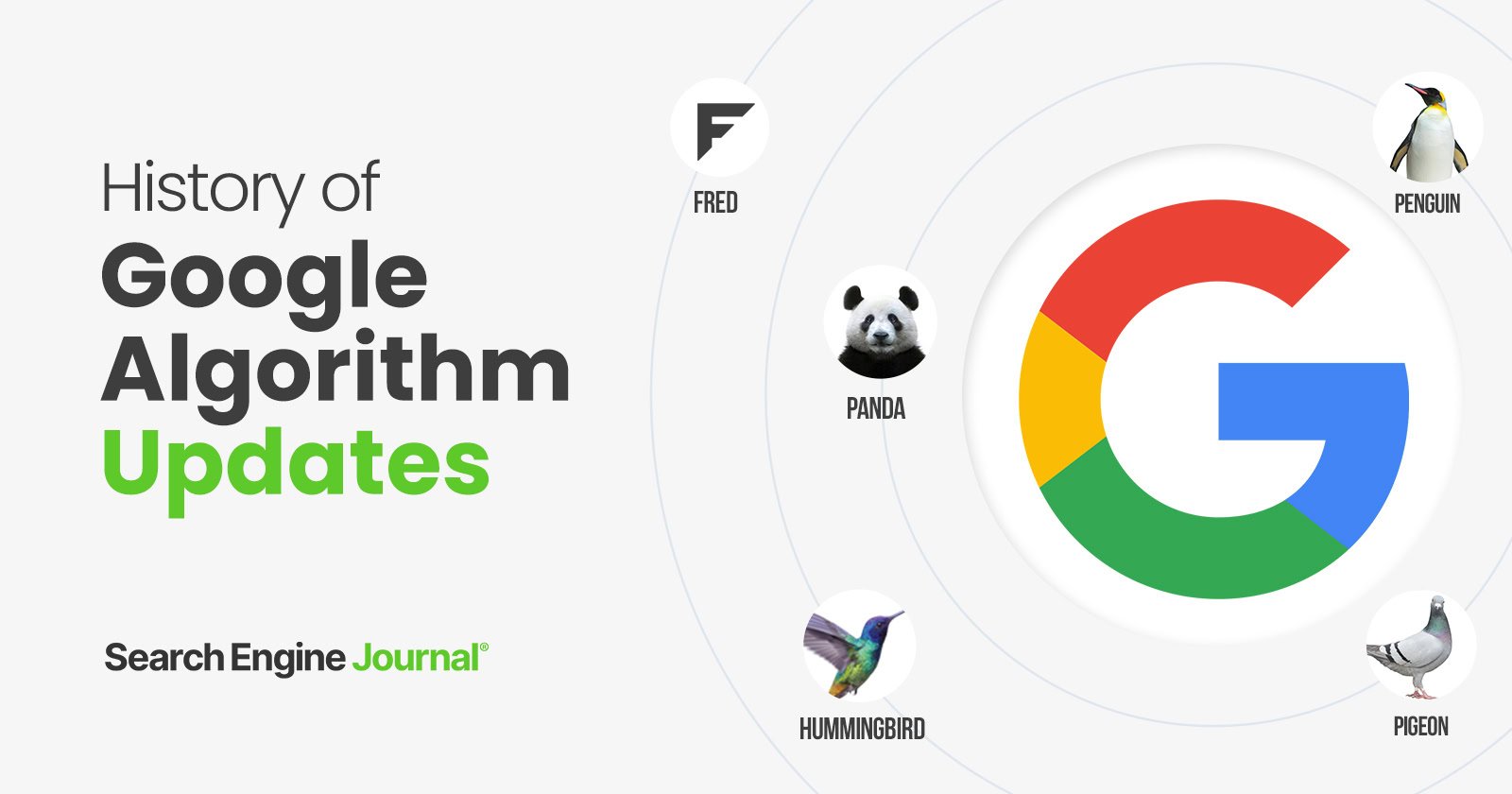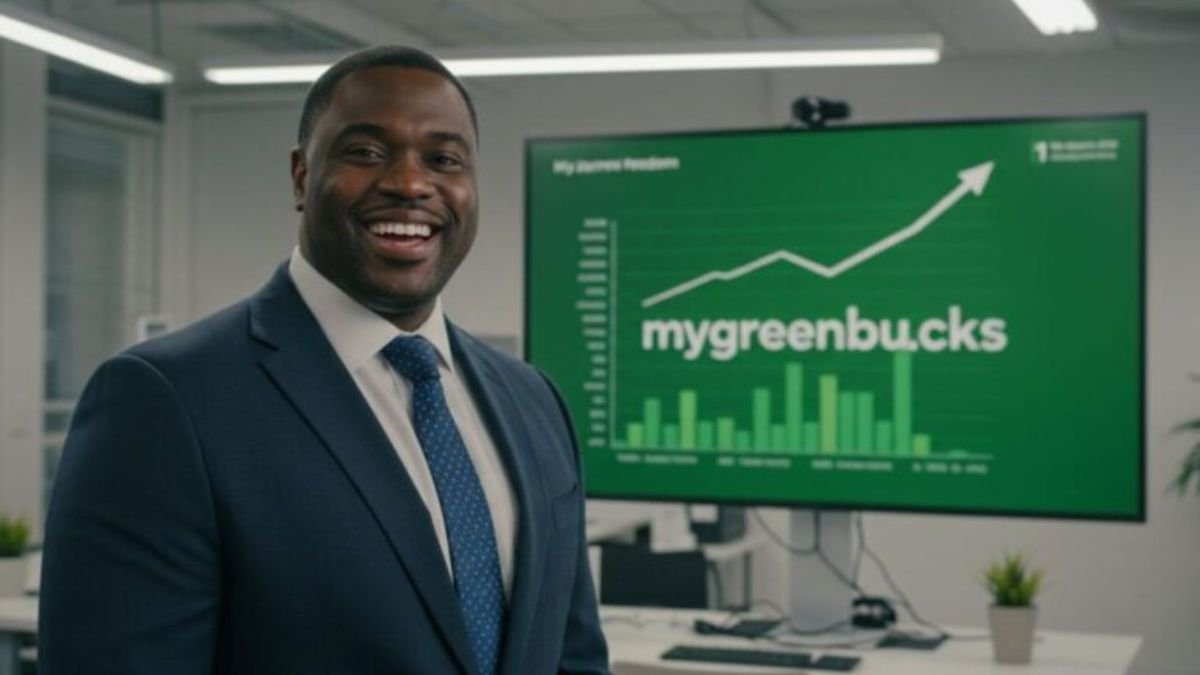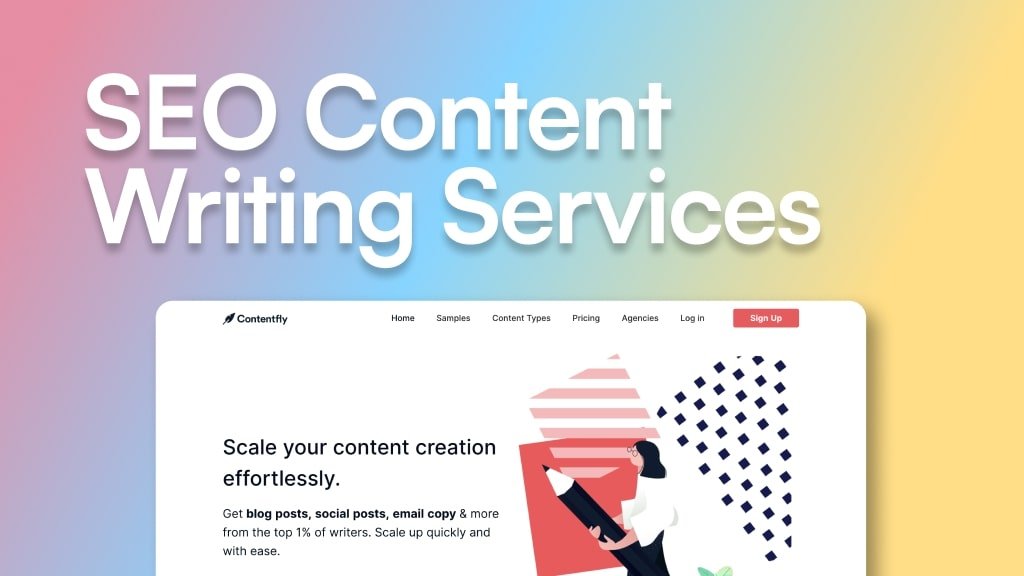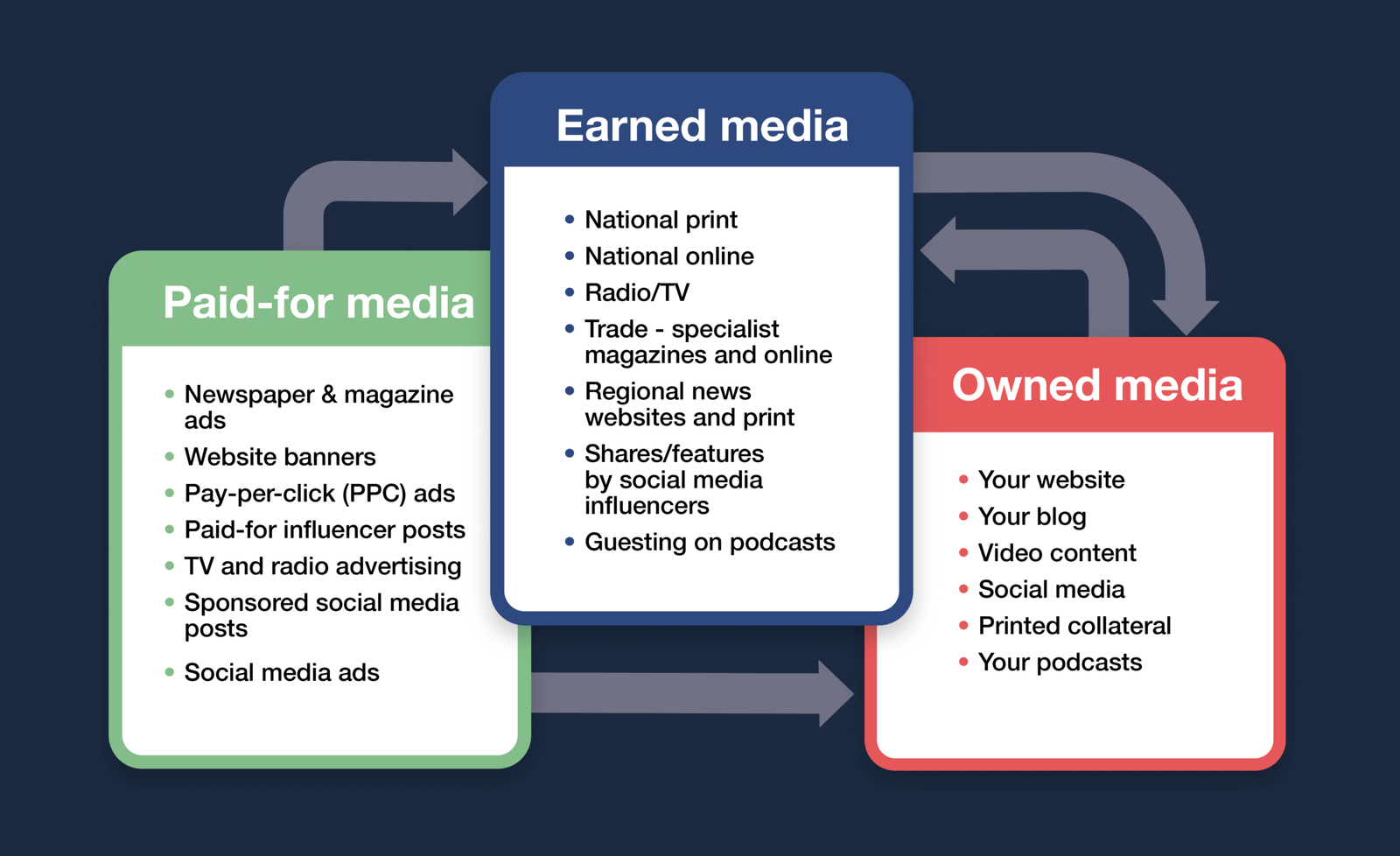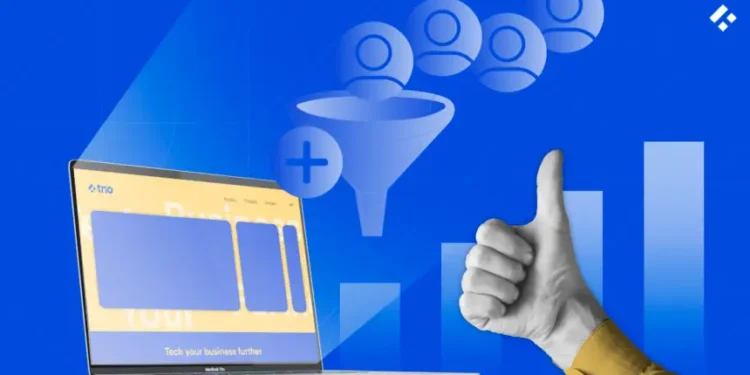6 Steps Homeowners Take to Sell Houses Quickly
Selling a home can feel overwhelming, especially when time is of the essence. From preparing your property to finding the right buyer, the process requires strategy, patience, and smart decision-making. Fortunately, there are proven steps that can help you sell your house quickly and at a fair price. Contents 1. Prepare Your Home for First Impressions First impressions are everything when selling a home. The moment a buyer walks in — or even views photos online they begin forming an opinion. That’s why presentation matters. Start by cleaning and decluttering every space. Fix visible issues, such as leaky faucets, broken tiles, or chipped paint. A fresh coat of neutral paint can make rooms look brighter and more inviting. Think about what buyers want to see: a neat garden, a well-maintained exterior, and plenty of natural light. Simple updates, like trimmed lawns and clean pathways, can instantly make your property more appealing. 2. Set a Realistic Asking Price Pricing your home correctly is one of the most important steps. Set it too high, and potential buyers may lose interest. Set it too low, and you might leave money on the table. Research recent sales in your neighbourhood for similar properties to understand market trends. A comparative market analysis (CMA) or a professional valuation can give you a clear idea of your home’s true worth. Remember, a well-priced home attracts more buyers and can even spark a bidding war that leads to a faster sale. 3. Use Professional Photography and Marketing Most buyers start their home search online, which means your listing photos are your first impression. Professional photography highlights your home’s best features and makes it stand out among countless listings. But marketing doesn’t stop there. Consider listing your property on popular real estate platforms, running social media ads, and working with agents who have access to wide marketing networks. Strong visuals paired with strategic promotion ensure your home reaches more potential buyers, increasing your chances of a quick sale. 4. Work With Experienced Agents Partnering with a seasoned real estate agent can make a world of difference. Experienced agents bring market knowledge, negotiation skills, and professional connections to the table. They know how to stage and present your property, handle inquiries, and guide you through offers — all while reducing your stress. If you’re looking to sell a house fast in London, for instance, many agents specialize in quick sales for motivated sellers. A good agent can help you reach genuine buyers quickly and ensure a smooth closing process. 5. Be Flexible With Showings The more opportunities buyers have to view your property, the higher the chances of selling fast. Be flexible with your showing schedule to accommodate potential buyers’ availability. Open houses are also an effective way to attract multiple buyers at once, creating healthy competition. Flexibility signals that you’re serious about selling and helps buyers feel more comfortable viewing your home at convenient times. 6. Respond Quickly to Offers and Feedback Timely communication is key when selling your home. Delayed responses can cause interested buyers to lose enthusiasm and move on to other listings. Respond to inquiries and offers as quickly as possible. Also, pay attention to feedback from showings — if multiple buyers point out the same issue, consider addressing it to improve your home’s appeal. Being proactive and attentive keeps momentum going and shows buyers that you’re committed to closing the deal efficiently. Turning Keys Into Opportunities Selling your home doesn’t have to be a long, stressful process. By following these six proven steps, you can attract serious buyers, save time, and boost your chances of securing a successful sale. The key lies in preparation, pricing, and communication. When you align your home with buyers’ expectations and act promptly, you turn your property into an opportunity and the sale becomes a smooth, rewarding experience.
Read More




